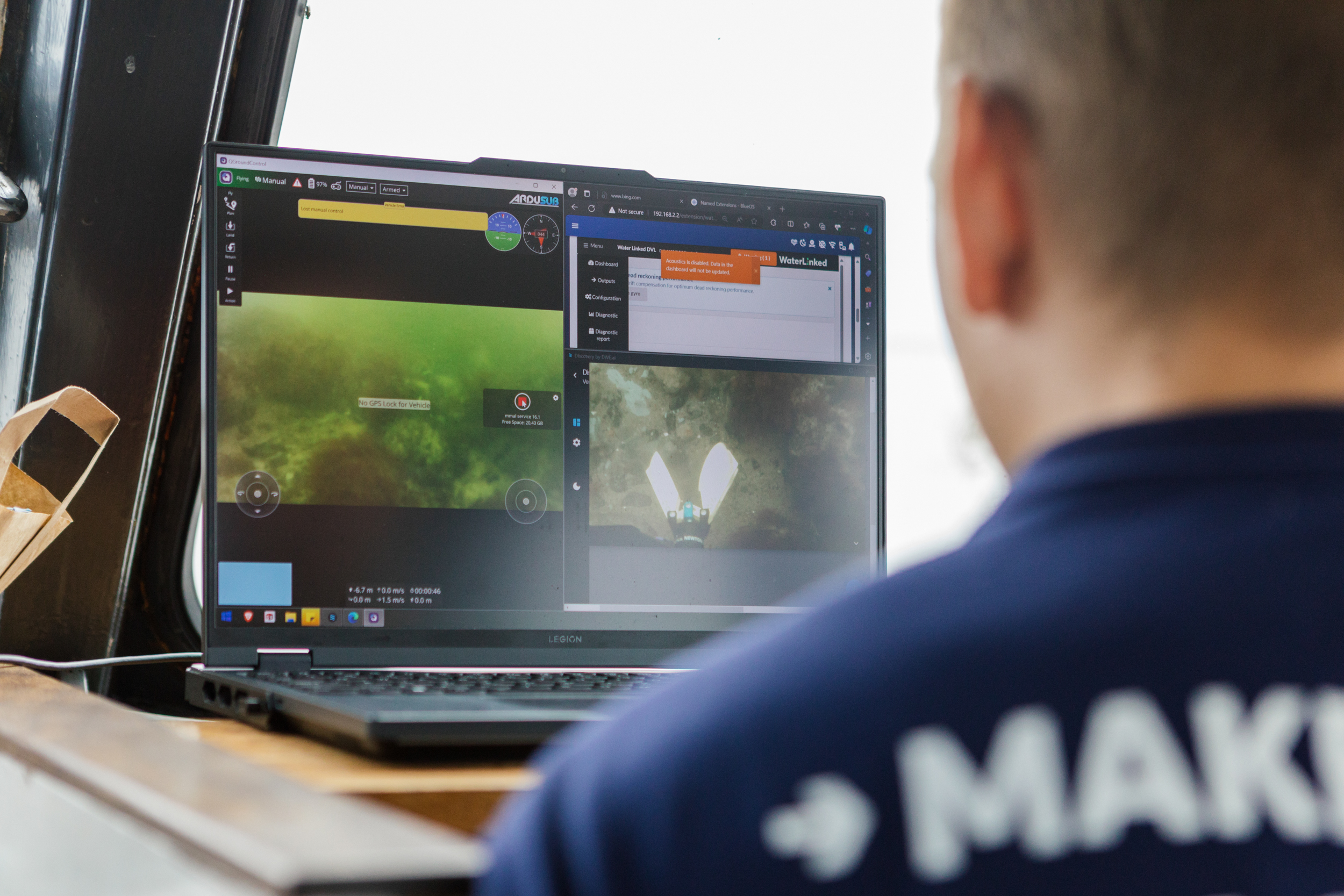At Hundipea, nature isn’t just a backdrop – it’s a neighbour and a partner in shaping everyday life. Like in any good relationship, we look after it, and in return, it helps create a healthier, more resilient urban environment.
We’re working to build a neighbourhood where people and other species don’t just live side by side, but grow together. It means that nature isn’t decorative – it’s an active part of the city that we support and plan for. And to do that, we need to understand what’s already here.
Last year, we teamed up with researchers to map the environmental DNA (eDNA) in Hundipea’s soil and water*. The results gave us a glimpse into the microscopic world – from bacteria and fungi to bottom-dwelling sea life – and helped us understand how we can support biodiversity right from the start.
What is eDNA – and why does it matter?
Environmental DNA allows us to “read” the landscape. Every organism leaves behind traces of itself – from hair and skin cells to tiny organic particles. These traces can be collected and analysed, giving us a clearer picture of who’s living in an area.
We collected more than 50 samples from the water and soil across Hundipea and sent them to NatureMetrics labs in the UK. The results gave us a brand-new perspective on our environment and our wild neighbours.
So, who lives in Hundipea?
The eDNA analysis revealed:
- 1,410 species of bacteria
- 856 species of fungi
- 60 species of invertebrates
- 13 species of fish
- 8 species of other vertebrates
One key takeaway – the fungal and bacterial biodiversity at Hundipea was comparable to the protected Paljassaare Nature Reserve nearby. Even in a post-industrial port area, nature is surprisingly vibrant.
Even more interesting: the soil of the mini-forest we planted in 2024 showed richer biodiversity than areas of regularly mowed grass. Fungal diversity in the mini-forest was more than double, proving that small, conscious choices – like allowing space for nature to grow freely – can have a big impact.
While no endangered species were detected, we found sticklebacks dominating the coastal waters, ragworms in the seabed, and Nocardioides bacteria in the soil – a species known to survive in polluted environments. The soil also contains mutualist fungi, which form symbiotic relationships with plant roots and help them grow better. This shows it’s possible to support natural ecosystems even in an urban setting.
What does it mean for Hundipea’s future?
This baseline data allows us to design green and blue spaces with more intention.
- Green roofs and facades can offer nesting areas for birds.
- Unmown areas support fungi and insect habitats.
- Algae-rich seabeds help maintain aquatic biodiversity.
We’re also working with marine biologist Holger Jänes to explore nature-based solutions for improving the seabed in Hundipea’s aquatic area. The aim is to make the waterfront more usable and engaging in everyday life – whether that’s spending time by the sea, exploring marine life, or supporting water-related hobbies in the future.
In a few years, we’ll repeat the eDNA study to understand how the environment has evolved and where we can do better. The goal isn’t just to “green” the area, but to help nature become self-sustaining – part of a strong, resilient urban system.
At Hundipea, nature isn’t something we add later – it’s part of how the neighbourhood works from the start. By supporting the species that are already here, we’re building a better environment for all of us.
*Collecting seabed samples was the biggest challenge – luckily, we had help from a small yellow diving robot, which dove six metres underwater to scoop up the mud.


